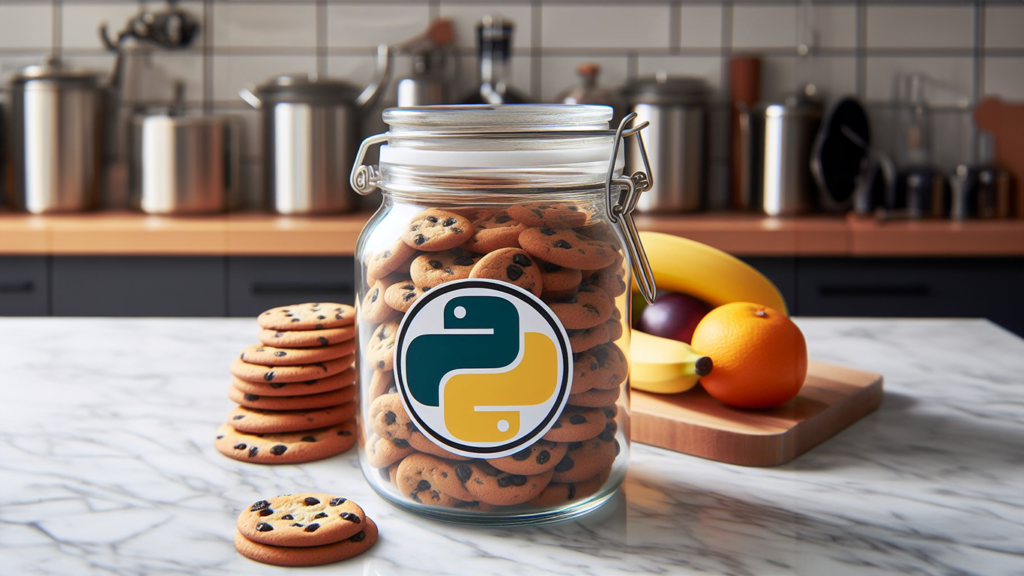Welcome to the world of Python control flow, folks! Are you ready to take your coding game to the next level? Great, because control flow is the ultimate power tool for any Python programmer. With control flow, you can control the flow of your program and make decisions based on certain conditions. And the best part? It’s not as scary as it seems.
If-else statements
First, let’s talk about if-else statements. If-else statements are used to make decisions in your code. They allow you to check if a certain condition is true, and if it is, a specific block of code will run. For example, let’s say you want to check if a number is even or odd.
number = 7
if number % 2 == 0:
print("The number is even.")
else:
print("The number is odd.")
In this example, the code checks if the remainder of the number divided by 2 is 0. If it is, it prints “The number is even.” If not, it prints “The number is odd.”
Elif statements
You can also use “elif” (short for “else if”) statements to check for multiple conditions. For example, let’s say you want to check a person’s age and assign them to a specific age group.
age = 25
if age < 18:
print("You're a minor.")
elif age >= 18 and age < 30:
print("You're a young adult.")
elif age >= 30 and age < 60:
print("You're an adult.")
else:
print("You're a senior.")
In this example, the code first checks if the person is under 18, if not it checks if the person is between 18 and 29, if not it checks if the person is between 30 and 59, if not it assigns the person as senior.
Ternary operators
Python also has a handy tool called a ternary operator, which allows you to write an if-else statement in a single line of code. It’s a short-hand way of writing if-else statements. For example, let’s say you want to check if a number is positive or negative.
number = -5
result = "positive" if number >= 0 else "negative"
print(result)
In this example, the code checks if the number is greater than or equal to 0. If it is, it assigns “positive” to the result variable. If not, it assigns “negative” to the result variable.
Loops
Loops are also an important part of control flow. They allow you to repeat a block of code multiple times. For example, let’s say you want to print out the numbers from 1 to 10.
for i in range(1,11):
print(i)
In this example, the code uses a for loop to iterate through the range of numbers from 1 to 10 and prints each one out.
In conclusion, control flow is an essential tool for making decisions and repeating actions in your code. If-else statements, elif statements, ternary operators and loops are all important tools that can help you control the flow of your program. So, go forth and control like a pro! Use them wisely and always remember to keep your code clean and readable. Happy coding!

